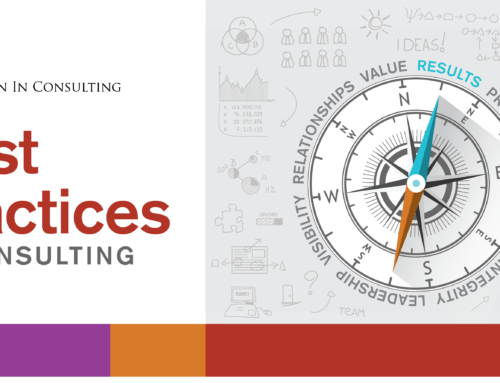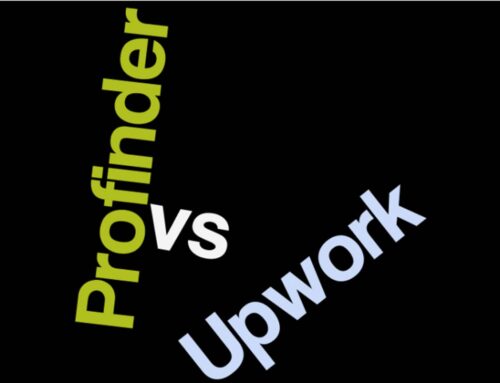“The finish line.” — When you read those words, what do you think? And what do you feel?
Do you imagine, or recall, experiences of:
- Soaring across a finish line?
- Struggling to cross it?
- Missing a finish line altogether, despite your best intentions and most dedicated preparation?
If you’re like most people, your experience with finish lines – and goal achievement – covers the full range from exuberance to missing the mark at times.
Goal-setting and goal achievement is, of course, on the minds of many people now, as the year begins.
If you’re setting goals for this year, try these steps:
1. Think back on your greatest achievements.
Recall what helped you see your way through to achieve them. Was it:
- Setting a clear vision of what you wanted to achieve?
- Seeking customer feedback, whoever the customers were for your work at the time, and letting that guide you forward?
- Following a thread of promising results, wherever they led?
- Concentrating on team or individual development so you’d be well-prepared for a future challenge?
- Did you use some other approach or strategy? If so, what was it?
2. Based on what you discover, what does it tell you about what may work best for your goal-setting now?
- Do you need to create a clear vision of your goal, or a strong “felt sense” of achieving what you want now, and next?
- Do you need to seek customer feedback to guide goal-setting?
- Do you need to focus on what’s working well and use that to guide you to what’s best for you in the months ahead?
- Or do you need to concentrate on developing skills or those of a team you lead so that you’re primed for a bigger goal in the future?
- Is there yet another strategy that would guide you best as you prepare to achieve well in 2012?
Speaking for myself, when I do this exercise, I follow several approaches.
- First, I create or refresh the vision that guides my work over several years.
- Then I look at what worked well the prior year, and what I need to improve.
- I use that information to set aggressive, yet grounded goals for the year ahead.
- Next, I create a few annual performance measures to monitor and manage progress.
Finally, when it works best, I convert those annual measures into monthly and weekly measures. I use these to focus and produce steady progress. These more frequent measures provide me almost instant feedback so I know if I’m on pace, and on-track to meet my goals, or if I must adjust my processes, resources, or perhaps the goals, themselves.







